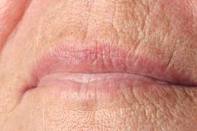Image: Illya Zorya
The muscles of the face and neck are among the vital muscles of the body. Without them, movement and certain body functions like swallowing and chewing will be impossible. Hence, knowing what these muscles are and what they do is important as it can help us make better choices for both our health and body.
Muscles of the Face
The facial muscles is a unique muscle group. Unlike other muscles in the body that are connected solely to bones, most facial muscles connect the bones to the skin. This unique connection of muscles to bones and skin enable certain vital body functions. For example, the muscles zygomaticus major and orbicularis oris make it possible for us to make different facial expressions and move our cheeks and lips when we speak and eat.
The simple acts of biting and chewing also involves several facial muscles. These include the mastication, masseter, and temporalis muscles. The mastication muscles move the mandible while the masseter and temporalis muscles move the jaw during chewing.
Facial muscles are responsible for tongue movement. Four sets of extrinsic muscles work together to move the tongue into any direction.
Eye movement is also made possible with facial muscles. Six extrinsic eye muscles work together in great accuracy and speed to enable eye movement and rotation. Inside the eyes is another set of muscles that make it possible for us to dilate the pupils and focus on objects.
The facial muscles are not limited to those that can be found in the eyes, cheeks, and mouth; they can also be found inside the ears. Stapedius, the smallest muscle, controls the movement of the stapes to help control the amplitude of sound waves coming from the external environment.
Muscles of the Neck
The muscles of the neck play an important role in the gross motor movement of the head and neck. These muscles, the sternocleidomastoid and the trapezius, work together so we can move our head in every direction that we want.
By working in pairs, these muscles enable us to flex or extend our head and neck. And by working individually, these muscles enable head rotation or neck flexion either to the left or right.
Taking Care of the Face and Neck Muscles
Just like the rest of the muscles of the body, our face and neck muscles can also lose their elasticity and flexibility in the long run. And just like the rest of our muscles, they need to be ‘worked out’ to keep them from sagging.
It’s when the muscles of the face and neck start to sag that the signs of aging become more apparent. This is where facial exercise becomes beneficial.
Facial exercise is created out of a basic premise that the facial muscles are just like the other muscles of the body. If they are not ‘moved’ regularly, they can sag and make you look old.
Facial exercise advocates advise doing it for at least a minute on a regular basis (the earlier, the better) to make the most of its benefits.
For starters, here’s some examples of facial exercise routines that can be easily done at home:
Forehead exercise: Place your hand on the side of your forehead, just near your temple. Make sure that your thumb is positioned nicely at the lower hairline while the pinky finger at the end of your eyebrow. Use your pinky finger to gently pull your skin towards your hairline. While your skin is taut, move your eyebrows rapidly up and down.
Another way to exercise the muscles of your forehead is to raise your eyebrow as high as possible while you pull the skin taut. Hold it for 5 seconds then repeat gain. You can repeat this routine for 5 times each day.
Cheeks exercise: Start by placing an index finger on the middle of your cheeks. Then, start making small but firm outer circles. While you do this, make an “O” shape from your lips, extending it as far as possible. Pull your lips back and do it again.
Neck exercise: While tipping your head back, slide your lower lip over your upper lip. Hold it for 5 seconds then relax. Repeat it for five times.
The facial gestures and head movements we do each day may seem so simple but behind them is a network of muscles working together to make them possible. So take care of them. Simple routines like the ones outlined above can benefit not just your facial muscles but as well your skin.
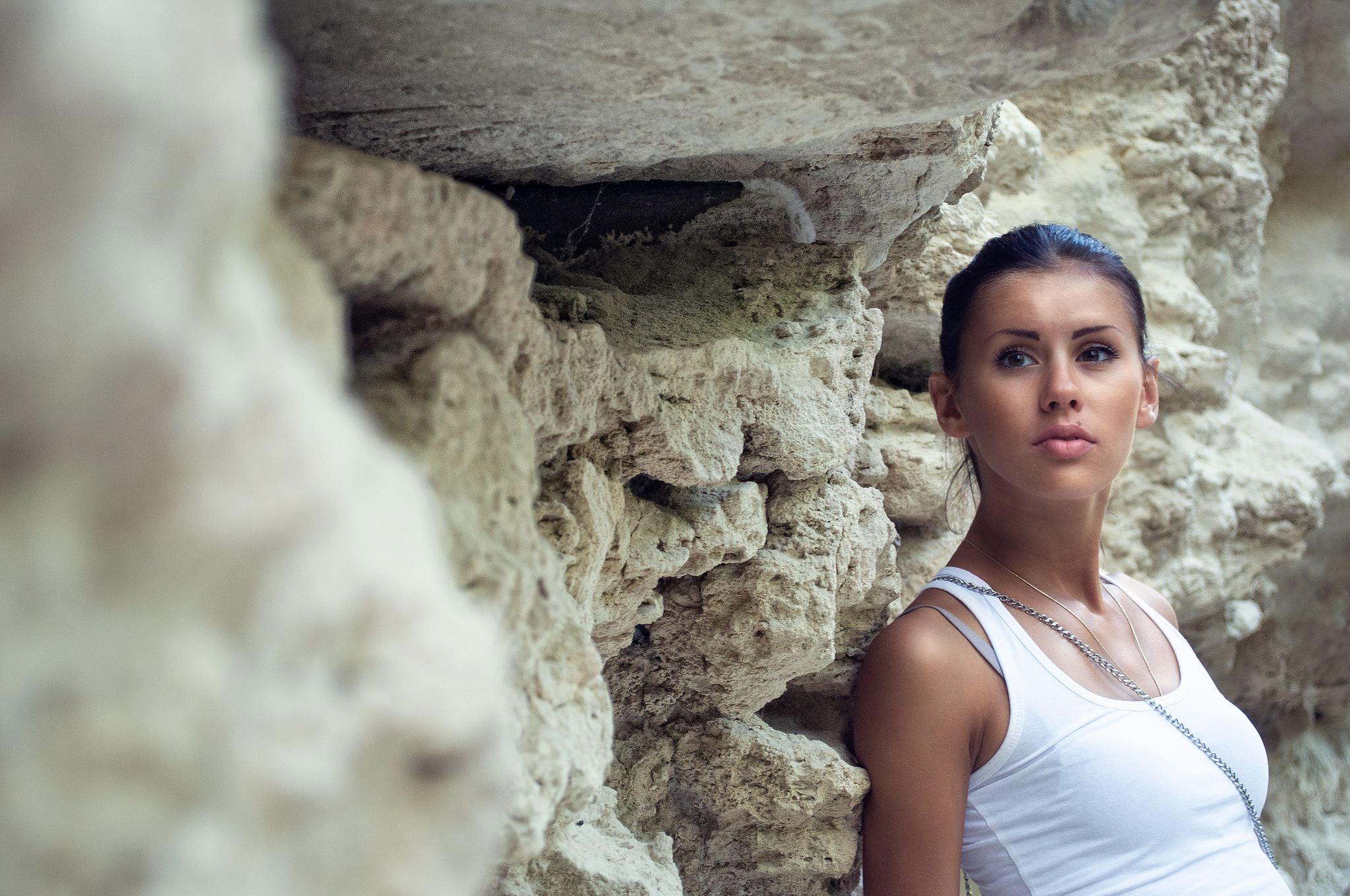

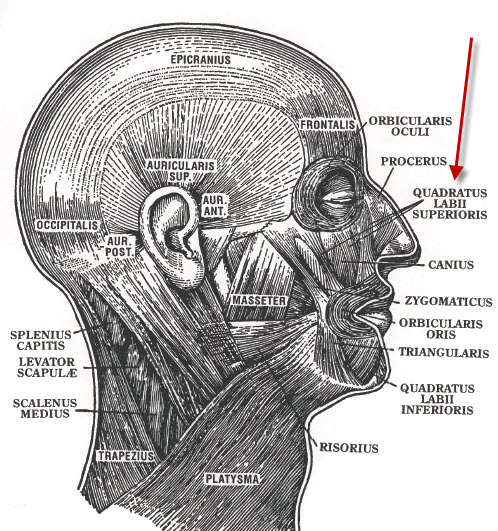

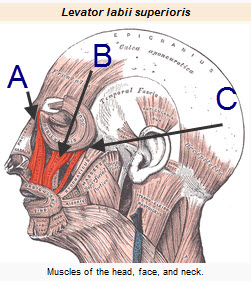
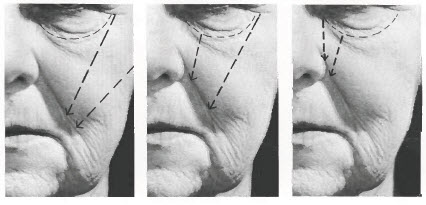

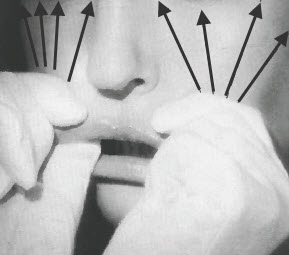

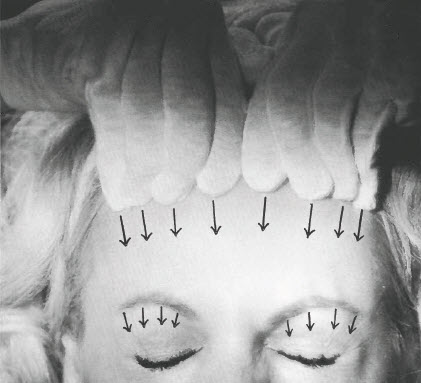
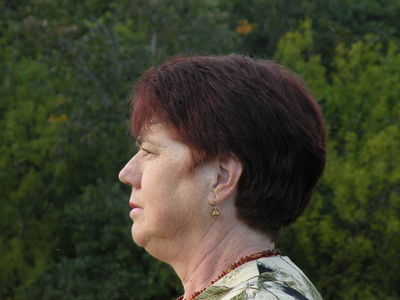

 A third facial exercise to reduce a double chin that I believe to be super-effective is from
A third facial exercise to reduce a double chin that I believe to be super-effective is from 